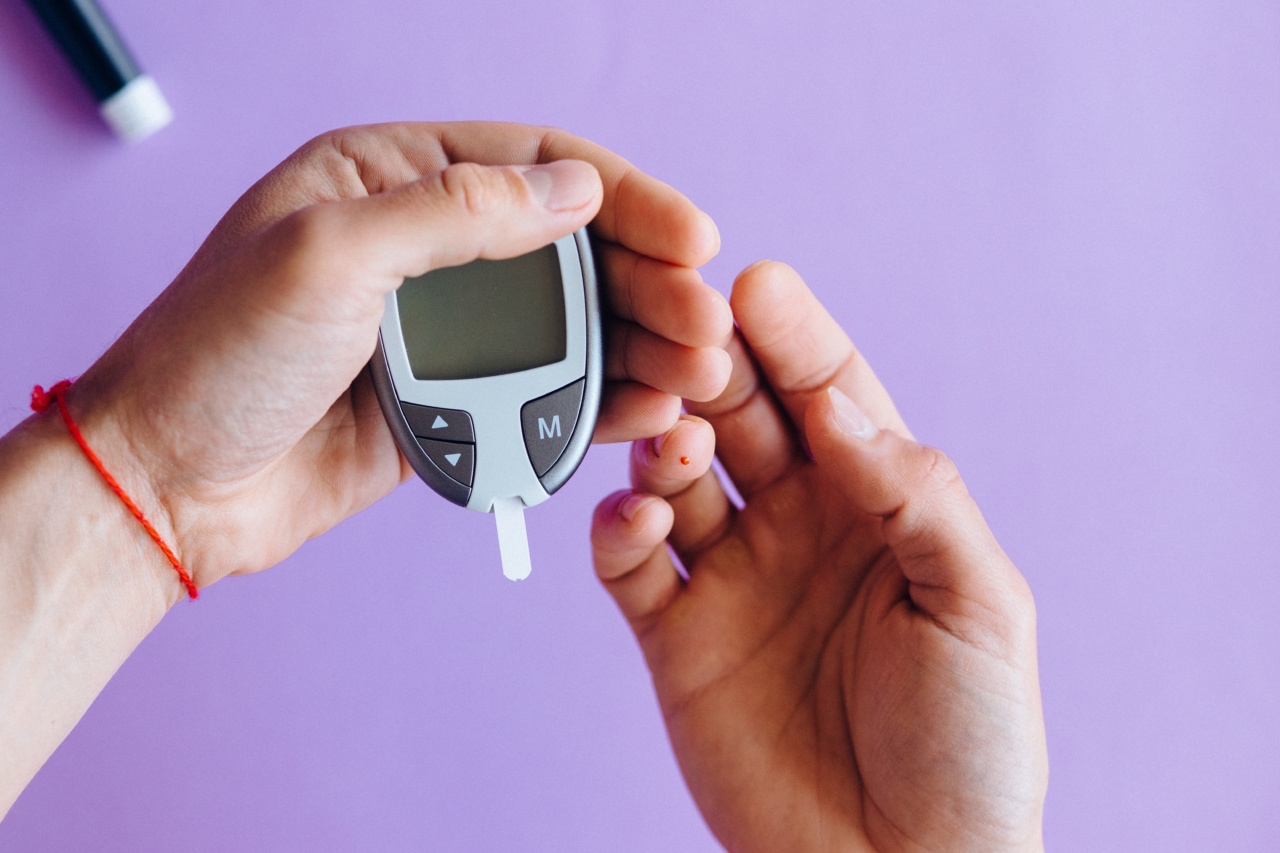When a woman is pregnant, her body goes through various changes to support the growth and development of the fetus.
In some cases, these changes can lead to an increased risk of developing gestational diabetes mellitus (GDM), a type of diabetes that occurs during pregnancy. Controlling diabetes in pregnancy is crucial for the health of both the mother and the baby. This article aims to provide valuable information on managing and controlling diabetes during pregnancy.
Understanding Gestational Diabetes Mellitus (GDM)
Gestational diabetes mellitus is a condition in which high blood glucose levels occur during pregnancy. It is believed to be caused by an increase in insulin resistance due to hormonal changes that take place during pregnancy.
Additionally, the placenta produces hormones that can impair the action of insulin in the mother’s body.
Risks Associated with Untreated Gestational Diabetes
If gestational diabetes is left untreated or uncontrolled, it can lead to various risks for both the mother and the baby. Some potential complications include:.
- Macrosomia (large birth weight)
- Preterm birth
- Preeclampsia
- Increased risk of cesarean delivery
- Hypoglycemia in the baby after birth
- Development of type 2 diabetes for the mother
Diagnosis of Gestational Diabetes
During pregnancy, all women are screened for gestational diabetes. The most common screening test is the oral glucose tolerance test (OGTT).
If the results of the OGTT indicate high blood glucose levels, further testing will be done to confirm the diagnosis of gestational diabetes.
Dietary Management
A healthy and well-balanced diet is essential for managing and controlling diabetes during pregnancy. It is important to consume a variety of nutrient-rich foods in appropriate portions.
Some dietary recommendations for women with gestational diabetes include:.
- Control carbohydrate intake by spreading it over the day
- Choose low-glycemic index foods
- Increase fiber intake through fruits, vegetables, and whole grains
- Include lean proteins in each meal
- Avoid sugary drinks and desserts
- Monitor portion sizes
Physical Activity
Regular physical activity is crucial for managing diabetes during pregnancy. Engaging in moderate-intensity exercise helps improve insulin sensitivity and blood glucose control. Some safe physical activities that can be done during pregnancy include:.
- Walking
- Swimming
- Prenatal yoga or Pilates
- Low-impact aerobics
Monitoring Blood Glucose Levels
Monitoring blood glucose levels is a vital aspect of managing diabetes during pregnancy. It helps ensure that blood sugar levels are within the target range. Healthcare providers may recommend self-monitoring of blood glucose using a glucose meter.
Regular monitoring helps in adjusting medications, dietary intake, and exercise to maintain stable blood sugar levels.
Insulin Therapy
In cases where diet and exercise alone cannot control blood glucose levels, insulin therapy may be necessary. Insulin is safe for both the mother and the baby and is typically administered through injections.
It is important to follow the healthcare provider’s instructions regarding the timing and dosage of insulin administration.
Regular Prenatal Care and Close Monitoring
Regular prenatal care and close monitoring by healthcare professionals are essential for managing diabetes during pregnancy.
Healthcare providers will closely monitor blood glucose levels, fetal growth, and perform regular ultrasounds to ensure the well-being of both the mother and the baby. Collaborating with a healthcare team will help provide the necessary support and guidance throughout the pregnancy.
Complications During Labor and Delivery
Women with gestational diabetes may have a slightly increased risk of certain complications during labor and delivery. It is important to be aware of these risks and collaborate with the healthcare team to develop an appropriate birth plan.
Some potential complications include:.
- Shoulder dystocia
- Increased risk of cesarean delivery
- Low blood sugar levels in the baby after birth
Postpartum Care
After delivery, blood glucose levels usually return to normal. However, it is important for women with gestational diabetes to continue monitoring their blood sugar levels.
They should also consider making healthy lifestyle choices to prevent the development of type 2 diabetes in the future.




























